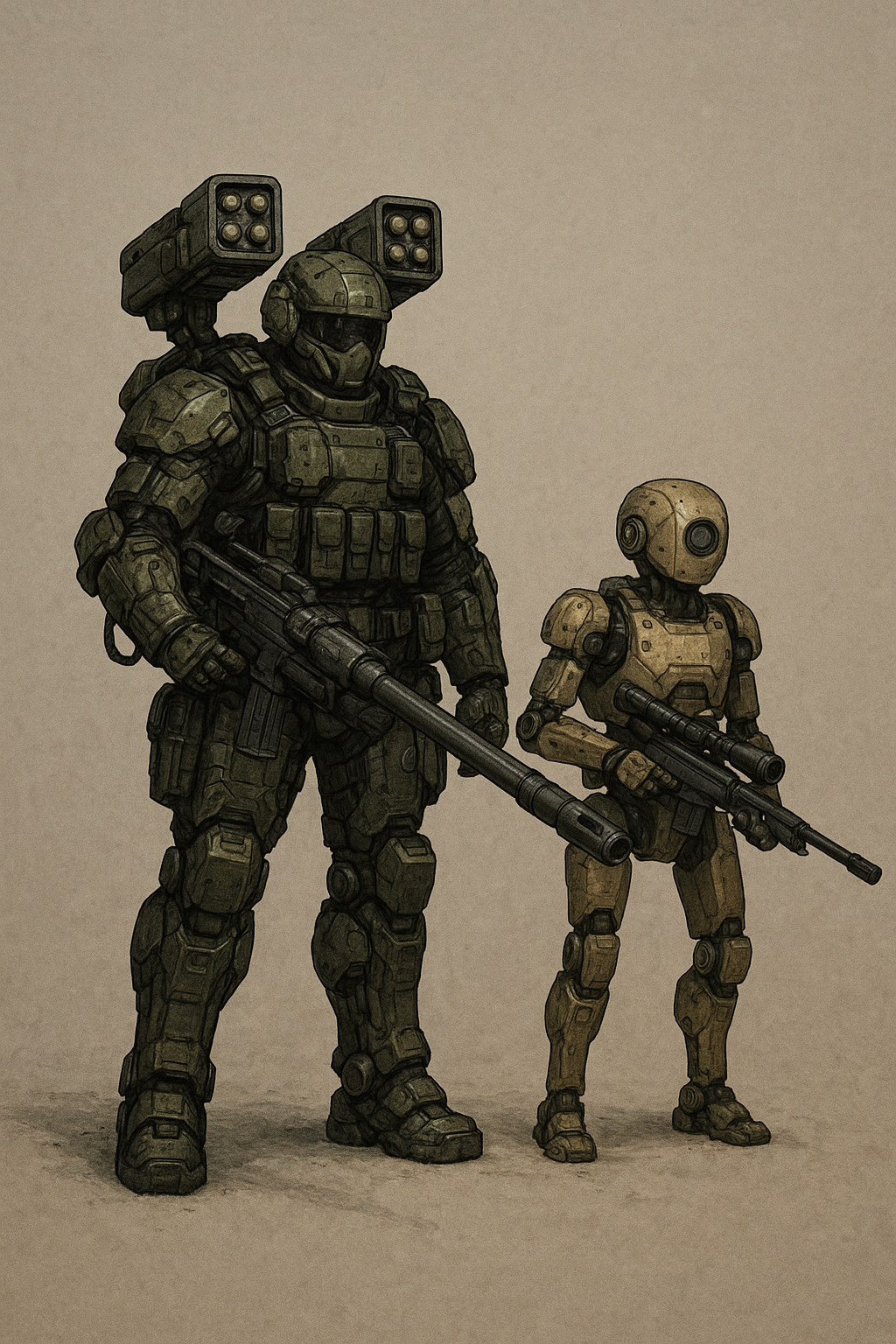Envisioning the Future: The Modern Battlefield Management System
In a world where warfare is evolving at an unprecedented pace, the Modern Battlefield Management System (BMS) stands as a testament to the integration of technology and military strategy. With one ultimate goal - to win battles - this sophisticated system revolutionizes how warfare is conducted, blending human leadership with cutting-edge artificial intelligence for unparalleled efficiency and effectiveness.
Imagine a command center where generals gaze upon interactive maps that dynamically depict the operational landscape. These maps, infused with advanced AI, enable real-time analysis and strategic planning, allowing leaders to declare kill zones with pinpoint accuracy. In this modern BMS, every action, every tactical move is supported by artificial intelligence that understands its environment and can anticipate various outcomes.
Generals issue commands using natural language voice recognition, ensuring that communication is seamless and efficient. No longer bound by the limitations of traditional command structures, leaders can now focus on strategy and execution while the AI manages the complexities of the battlefield. Rules of Engagement (ROE) can be set and adjusted instantaneously, providing flexibility in dynamic operational scenarios, guaranteeing that ethical considerations remain at the forefront as autonomous units fulfill their missions.
The modern battlefield is populated by joint combat forces that are entirely autonomous and AI-controlled, freeing humans from facing the dangers of frontline combat. These advanced robotic units can perform all types of missions, from reconnaissance and surveillance to direct combat engagements. Each unit is equipped with adaptive learning algorithms, allowing them to make informed decisions on the fly, responding to evolving threats and altering their tactics accordingly.
In this reimagined warfare landscape, human presence is limited to generals who oversee and strategize. The need for human soldiers in precarious situations is virtually eliminated, and the battlefield becomes a chessboard where machines play an intricate game under human supervision. As a result, decisions can be made swiftly and executed with precision, all while minimizing the risk to human life.
Moreover, the maintenance paradigm has shifted dramatically. With most robotic units designed for durability, the need for repairs diminishes significantly. It becomes more cost-effective to leave damaged machines in place and instead, produce more robots to replace them. This approach not only conserves resources but also allows for an almost continuous state of readiness. The logistics of rescuing, transporting, and maintaining robotic units are thus rendered obsolete, streamlining operational efficiency and reducing delays in combat scenarios.
The modern BMS embodies a new era of warfare, where artificial intelligence not only supports military operations but actively enhances them, leading to faster, smarter, and ultimately more victorious outcomes. As this technology continues to advance, it raises profound questions about the nature of human involvement in warfare, the ethics of fully autonomous combat units, and the future landscape of military strategy. In this brave new world, the role of the general transforms into that of a strategic overseer, guiding technology's unparalleled capabilities toward securing victory in battles yet to come.
